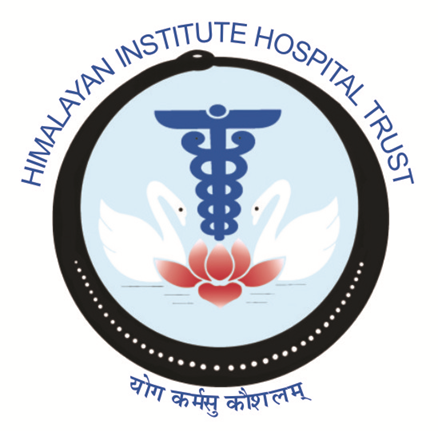Albert Einstein, Thomas Edison, Pablo Picasso, Mozart, Leonardo Da Vinci, Charles Darwin, Winston Churchill, Walt Disney What did these people have in common? Yes, these are exceptionally successful people, they conquered not just their disability, but also the world, rising above all odds. Another reason for us mentioning these names was to emphasize the fact that learning disabilities aren’t new, yet no other disabling condition affecting so many people has such a low public profile and low level of understanding. It also proves that learning differences that appear as weaknesses have become strengths for many successful leaders with unusual abilities and unique perspectives.
Through this article, our aim is to help readers become more informed on this topic. Let’s begin with the legal definition of different learning disabilities which come under the umbrella of Specific Learning Disability; they are defined as “a disorder in one or more of the basic psychological processes involved in understanding or in using language, spoken or written, which may manifest itself in an imperfect ability to listen, speak, read, spell or to do mathematical calculations. The term includes such conditions as perceptual handicaps, brain injury, minimal brain dysfunction, dyslexia and developmental aphasia. The term does not include children who have learning problems which are primarily the result of visual, hearing or motor handicaps, or mental retardation, emotional disturbance or environmental, cultural or economic disadvantages.” Causes of learning impairments can be genetic or environmental but the thing to remember remains such- learning disability does not make children less intelligent, it is just that they learn differently.
The institutions and stakeholders involved in this domain face a plethora of challenges which we shall try to explain in the new few paragraphs. During the last decade or two, there has been an increasing awareness and identification of children with LD (Learning Disability) in India. Despite this growing interest, we still have no clear idea about the incidence and prevalence of LD in India. The spectrum of difficulties and their severity makes diagnosis of LD extremely difficult especially when they are confounded by environmental, cultural and economic disadvantages. When it comes to research and intervention work in the area of LD, it is conducted by private organizations and NGOs. There is little communication between these organizations and the state educational authorities. Moreover, LD as all other developmental problems is both a health and an educational issue, but regrettably, the meeting point between the two is few and far between.
Although LD is not curable, there is much scope for using compensatory mechanisms to alter functional gaps which are to be initiated early to ensure that the disability is not aggravated further. The child must be able to develop and learn to the best of his/her potential. Early intervention presupposes early identification. At present, there is no universally standardized screening procedure to guide stakeholders. In the rural areas, there is near zero awareness of LD and practically no assessment facilities.
Developing higher brain functions like understanding of concepts, and cognitive development through critical thinking, problem solving and encouraging creativity are some of the important school interventions. In India due to over-crowded classes, stress on exam oriented learning and large curriculum; multi-sensory teaching, experiential learning and encouragement of thinking has not found a place on a regular basis. Ironically, if teachers were to spend time and energy teaching children with LD, teaching would automatically attain a high quality. These fears whilst being valid emphasize what is wrong with our education system; the focus is not on the child and his/her potential. The system is not designed to ensure all children learn and get educated; rather the child has to fit into the system.
When it comes to policies, there is no doubt that we have excellent policies but we need to implement them. Various schemes have been offered for the welfare of the disabled population, but the benefits often do not percolate to the disabled people, their families and organizations that work for them because of lack of awareness. The cumbersome and time-consuming procedures of availing the benefits also create hurdles in implementation.
Disability is extremely challenging and a person living with it has to fight daily battles for the most basic rights and to be included in the mainstream. Children born with LD risk factors should be carefully screened from early school days, and remedial measures must be started without delay. These measures help the children cope up with their deficits and thus provide better self-esteem and quality of life. The biggest challenge with LD is that it is a “hidden disability,” presenting no physical manifestations or sensory markers. Rural Development Institute keeping in mind the aforementioned concerns and trying to do our bit has developed a LD clinic wherein our team identifies such audience and facilitates interventions such as assessments, early identifications and raising awareness, making a difference one child at a time.
Isha Nautiyal
